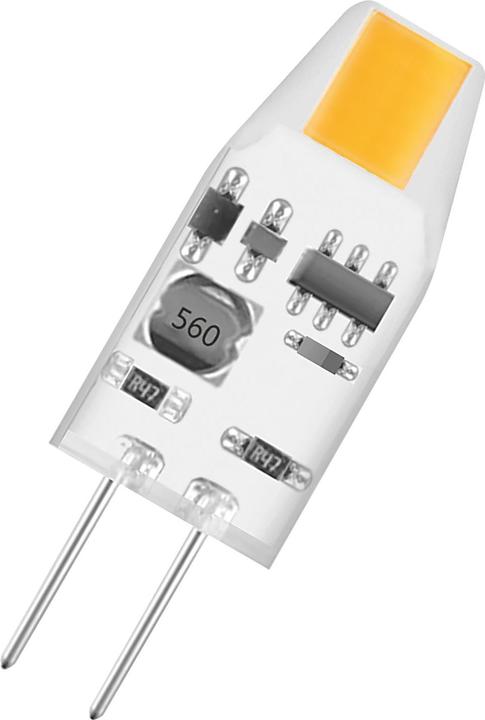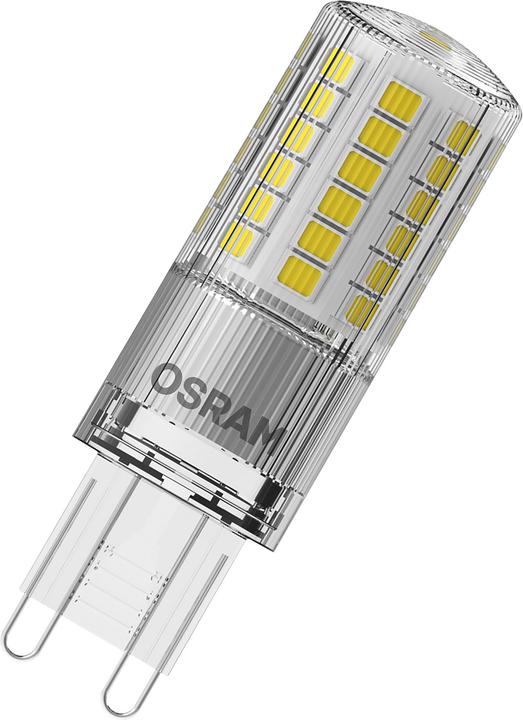
Too Many Light Bulbs? Here's How to Choose the Right One
Consider these five key factors to select the perfect light bulb for your needs.
Last updated 1 week ago. Automatically generated content.


Select options and limit the number of products
Bulb type refers to the technology used in light bulbs, affecting energy efficiency, light quality, and lifespan. Choosing the right bulb type can significantly impact electricity usage, ambiance, and maintenance costs.
Popular options (you can select more than one)
LED light
Typical price
9.– to 22.–Emits light using light-emitting diodes, offering high energy efficiency.
Ideal for long-term use, LED bulbs last longer and reduce electricity bills compared to other types.
Bestseller
Incandescent lamp
Typical price
9.– to 11.–Generates light through a heated filament, providing warm, diffused light.
Despite its short lifespan and higher energy consumption, incandescent lamps are often chosen for their natural light quality.
Bestseller
Halogen lamp
Typical price
6.– to 31.–Operates using a filament and halogen gas, delivering bright and crisp light.
Halogen lamps have a longer lifespan than incandescent lamps, making them suitable for spotlighting and detailed tasks.
Bestseller
Compact fluorescent lamp
Typical price
12.– to 25.–Uses gas and phosphor coating to emit light, offering moderate energy savings.
Best for general lighting, compact fluorescent lamps are more energy-efficient than incandescent lamps but less so than LEDs.
Bestseller
Output per bulb refers to the amount of energy a light bulb consumes, measured in watts, which directly affects the bulb's brightness and energy efficiency. Understanding output is important for selecting bulbs that provide adequate lighting while minimizing energy costs, enhancing both comfort and savings.
Popular options
Up to 4 W
Typical price
9.– to 15.–Low energy consumption suitable for accent lighting or decorative purposes.
Ideal for creating ambient lighting in spaces like bedrooms or living rooms, reducing electricity bills.
Bestseller
5 - 8 W
Typical price
9.– to 22.–Moderate energy use, typically replacing traditional 40-60 W incandescent bulbs.
Balances brightness and efficiency, making it suitable for general home lighting applications.
Bestseller
9 - 20 W
Typical price
11.– to 25.–Higher energy output, often used to replace 75-100 W incandescent bulbs.
Provides bright illumination, perfect for task lighting in kitchens or offices, enhancing visibility.
Bestseller
Luminous flux measures the total amount of visible light emitted by a light source, influencing the brightness of a bulb. It is crucial in determining how well a space will be illuminated, impacting visibility and ambiance in various settings.
Popular options
Up to 350 lm
Suitable for accent lighting and small fixtures, providing a soft, subtle glow.
Ideal for creating a cozy atmosphere in bedrooms or as decorative lighting.
Bestseller
351 - 800 lm
Offers moderate brightness suitable for general lighting in small to medium-sized rooms.
Perfect for use in table lamps or ceiling fixtures, balancing energy efficiency with adequate illumination.
Bestseller
801 - 1600 lm
Provides high brightness, effectively illuminating large spaces or areas with high ceilings.
Recommended for kitchens and workspaces where clear visibility is essential for tasks.
Bestseller
The energy efficiency class of a light bulb indicates how effectively it converts electricity into light, impacting both cost savings and environmental impact. Choosing a higher efficiency class reduces energy consumption and lowers electricity bills, offering long-term savings and contributing to sustainability efforts.
Popular options (you can select more than one)
A
Typical price
10.– to 20.–Represents the highest level of energy efficiency, using minimal electricity for maximum light output.
Ideal for reducing energy bills and environmental impact, making it a smart choice for eco-conscious consumers.
Bestseller
B
Typical price
10.– to 33.–Offers good energy efficiency, using slightly more electricity than class A bulbs.
A practical option for balancing energy savings with upfront cost, suitable for general household use.
Bestseller
C
Typical price
18.– to 40.–Moderate energy efficiency, consuming more electricity compared to class A and B bulbs.
Best for areas where lights are used infrequently, helping to manage costs while providing adequate lighting.
Bestseller
Dimmability determines whether a light bulb's brightness can be adjusted, affecting the ambiance and energy consumption in various settings. Choosing the right dimmability option can enhance comfort and efficiency, especially in spaces requiring versatile lighting conditions.
Popular options (you can select more than one)
Dimmable
Typical price
11.– to 27.–Allows for adjustable brightness, providing customizable lighting levels.
Ideal for creating different moods and reducing energy usage, making it suitable for living rooms and bedrooms.
Bestseller
Not dimmable
Typical price
9.– to 17.–Fixed brightness level without adjustment capability.
Suitable for areas needing consistent lighting, such as hallways and outdoor spaces, where dimming is unnecessary.
Bestseller
















